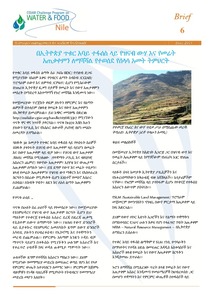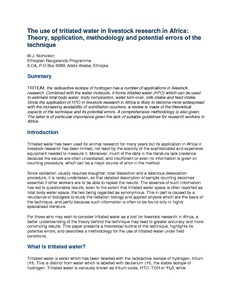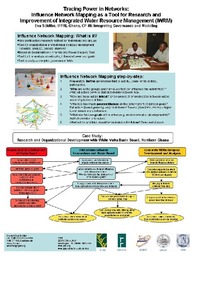Towards voluntary guidelines for people-centred land-water tenure: the untapped synergies between rights-based land and water governance
Water is absent in the ‘Voluntary Guidelines on the Responsible Governance of Tenure of Land, Fisheries and Forests in the Context of Food Security’ (FAO, 2012). This paper explored whether and how the people-centred approaches and the human rights values that underpin this document can be better applied in the water sector and how more recognition of the land-water interface can support this.







